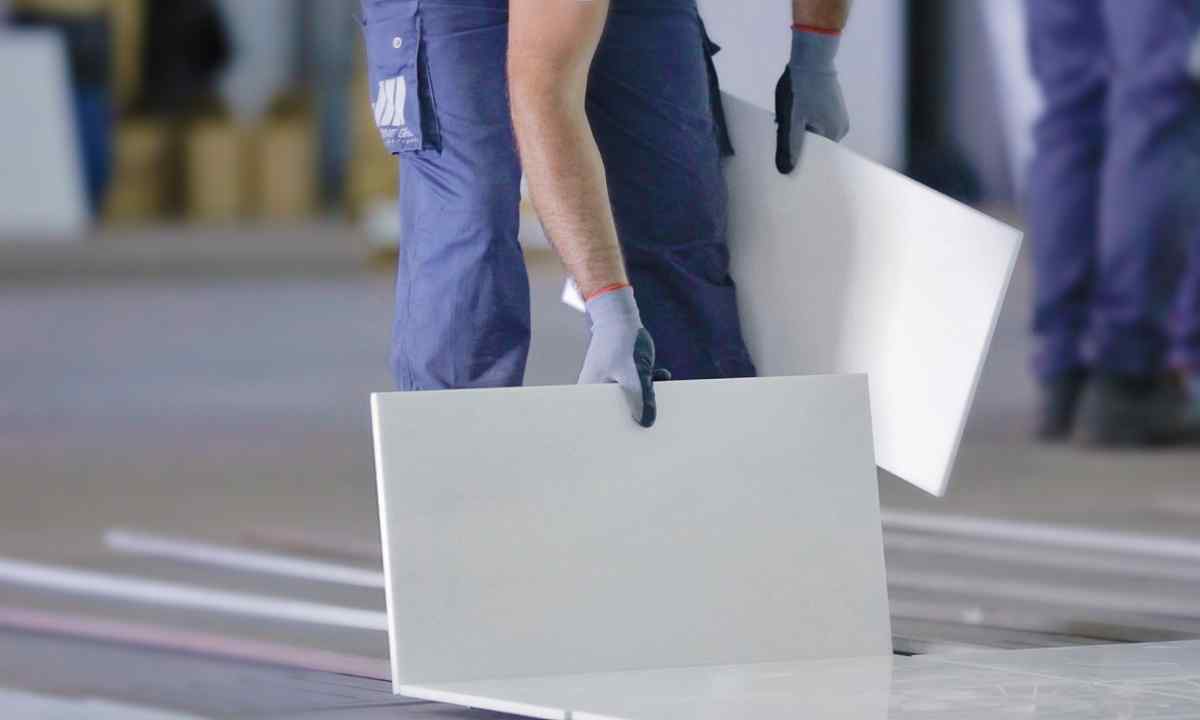Solutions which are used for masonry connect separate stones in uniform monolith. Filling space between stones, they interfere with penetration into laying of water and air, protect it from blowing off and increase frost resistance of construction.
Instruction
1. Solutions for laying of stone separate into heavy (cold) and easy (warm). The first are created on the basis of quartz or natural sand from dense rocks. The second prepare, using pumice, slag or tuff sand, fuel or blast granulated slags and also ashes.
2. In all types of solutions the size of grain of sand should not exceed 2.5 mm. During creation of solutions various organic and plasticizing additives are widely applied to laying of stone. As organic additives use naphthenate soap and sulphidic lye, as inorganic — clay and lime.
3. Solutions also classify by type of cementing agent on cement, limy, difficult, or mixed. Cement slurries apply to construction of the designs located below earth surface, in piers and strongly loaded columns and also in the reinforced laying.
4. Minimum flow of cement on one cubic meter of sand has to be not less than 75 kg for underground parts of buildings, and for elevated parts — not less than 125 kg. Blast furnace slag cement and portland cement use only in solutions for the reinforced laying in responsible designs, for works in the soil saturated with water and also for winter laying by freezing method.
5. At small loading in dry places apply lime mortars. They have big plasticity and mobility, at the same time provide the greatest labor productivity.
6. Mixed, or difficult, solutions call cement and clay and cement and limy structures, also apply them to laying of the majority of building constructions. Because of presence of one of cementing agents the beginning of skhvatyvaniye is removed on time that does laying more convenient, but considerably reduces solution durability.
7. Degree of mobility of solution is defined at immersion in it standard cone weighing 0.3 kg. The convenience of laying depends on degree of mobility of solution and its ability to hold moisture thanks to which solution is not stratified. It occurs at fast office of water and sedimentation of sand.
8. Water retention capacity of solution is very important when laying stone on the porous basis and also when transporting solution on long distances. As a rule, it is raised by means of introduction of fine mineral substances (clay and lime) or surface-active organic additives.

